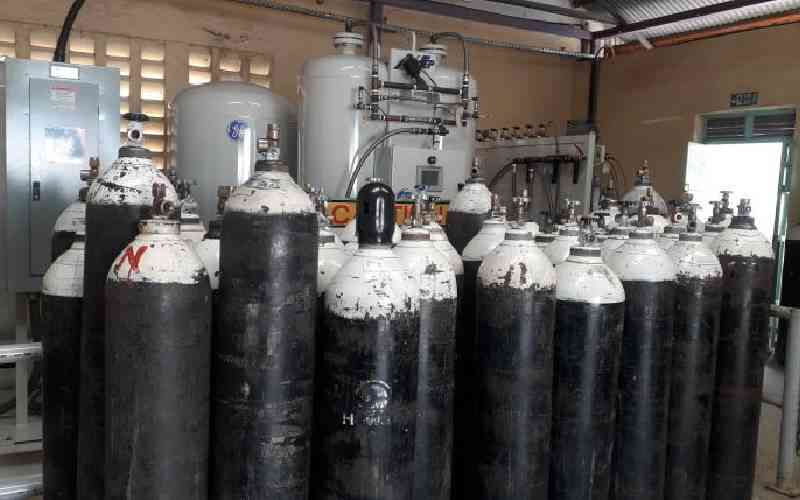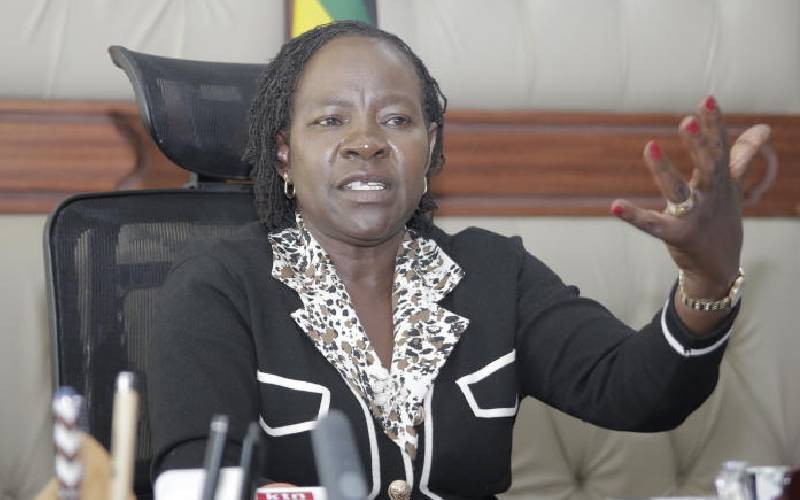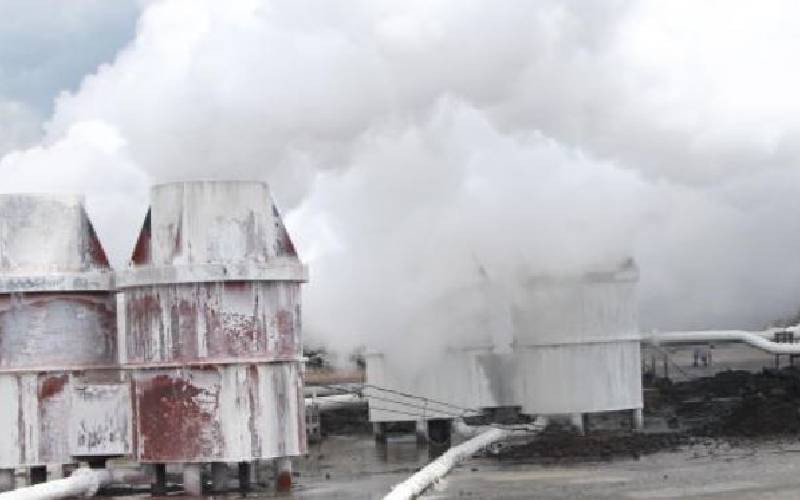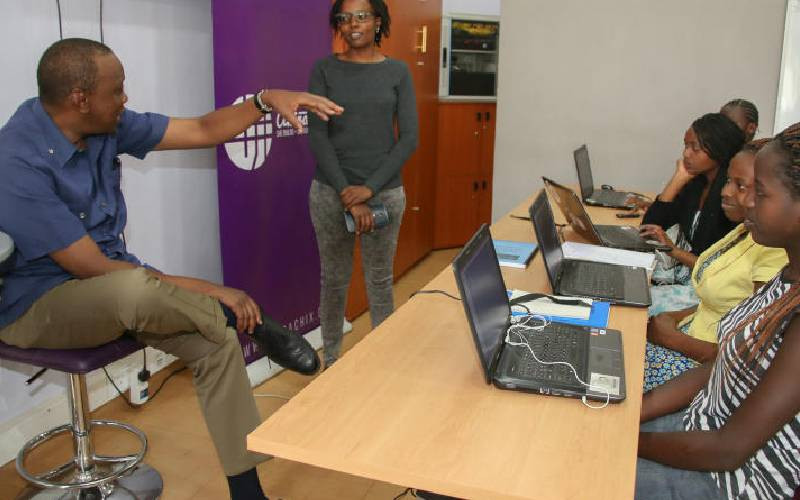
Japan and Canada have partnered to fund the construction of medical oxygen plants in Kenya and Tanzania.
The plants, which will cost Sh2.8 billion, are expected to produce more than 2,000 tonnes of oxygen.
According to the director of programmes at Unitaid, Robert Matiru, and a representative of the Japanese embassy Hiroshi Ohigara, the plants, which will also be funded by the Clinton Health Access Initiative, will produce a third of the medical oxygen needed in the East African region.
The two spoke during the groundbreaking ceremony for one of the facilities in Kokotoni in Rabai, Kilifi, which will be undertaken by Synergy Gases Ltd.
“Daily production of oxygen is 750 tonnes and there is a need in this programme to produce 2,000 tonnes to close the gap by a third because we need about 7,000 tonnes of oxygen in the region and so by this initiative and partnering with Synergy gases, Hewa tele Nairobi and Tanzania Oxygen limited in Dar es Salaam will produce the 2,000 tons,” said Matiru.
The World Health Organisation estimates that more than 500,000 patients in low and medium income countries need oxygen daily yet many facilities struggle to provide.
In Kenya alone, thousands of patients face life-threatening complications thus require urgent need for better infrastructure.
Ohigara said his country would continue to partner with governments and private entities in Africa to advance medical equipment so that the continent can reduce dependence on imports.
“This project is in the first phase aiming to provide medical oxygen to Kenya and Tanzania. In the near future, the phase two of this project will be initiated to provide medical oxygen to more African countries.”
Synergy Managing Director Paras Pandya said when complete, the facility would create 3,000 direct jobs and another 1,000 indirect opportunities in Kilifi and Mombasa counties.
He said they would focus on producing both industrial and medical gas aimed at serving key sectors, including manufacturing, healthcare, laboratories and research organisations.
“Each cylinder of oxygen produced will contribute to saving lives, even if it is a newborn, a mother in labour, a patient undergoing surgery or somebody who has respiratory illness,” said Pandya.
Kilifi Governor Gideon Mung’aro said the shortage of medical oxygen was a leading cause of deaths among patients in the Intensive Care Units and those in emergency units.
“The current liquid oxygen production capacity in Kenya is only 10 per cent and the cost is relatively high, making it inaccessible to many facilities. The initiation of this project will be a big game changer not only for Kilifi County but Kenya and the region as a whole for oxygen will be available at relatively affordable prices,” he said.
His Mombasa counterpart Abdulswamad Nassir said the facility would be a big boost to the county’s healthcare services.
Kilifi CEC for Health Peter Mwarogo said the effects of the facility would be felt in the most remote communities in the county due to the robust distribution plan the managers have put in place.
“We have had challenges in distributing oxygen to our remote health facilities but I am happy the investor has put in place measures that will help distribute the product to our rural health facilities once they start producing the oxygen,” he said.
 The Standard Group Plc is a multi-media organization with investments in media
platforms spanning newspaper print operations, television, radio broadcasting,
digital and online services. The Standard Group is recognized as a leading
multi-media house in Kenya with a key influence in matters of national and
international interest.
The Standard Group Plc is a multi-media organization with investments in media
platforms spanning newspaper print operations, television, radio broadcasting,
digital and online services. The Standard Group is recognized as a leading
multi-media house in Kenya with a key influence in matters of national and
international interest.
 The Standard Group Plc is a multi-media organization with investments in media
platforms spanning newspaper print operations, television, radio broadcasting,
digital and online services. The Standard Group is recognized as a leading
multi-media house in Kenya with a key influence in matters of national and
international interest.
The Standard Group Plc is a multi-media organization with investments in media
platforms spanning newspaper print operations, television, radio broadcasting,
digital and online services. The Standard Group is recognized as a leading
multi-media house in Kenya with a key influence in matters of national and
international interest.











